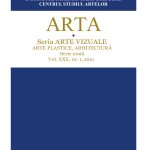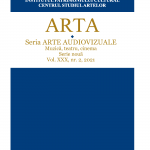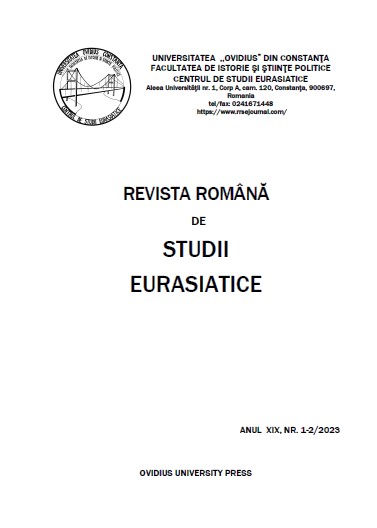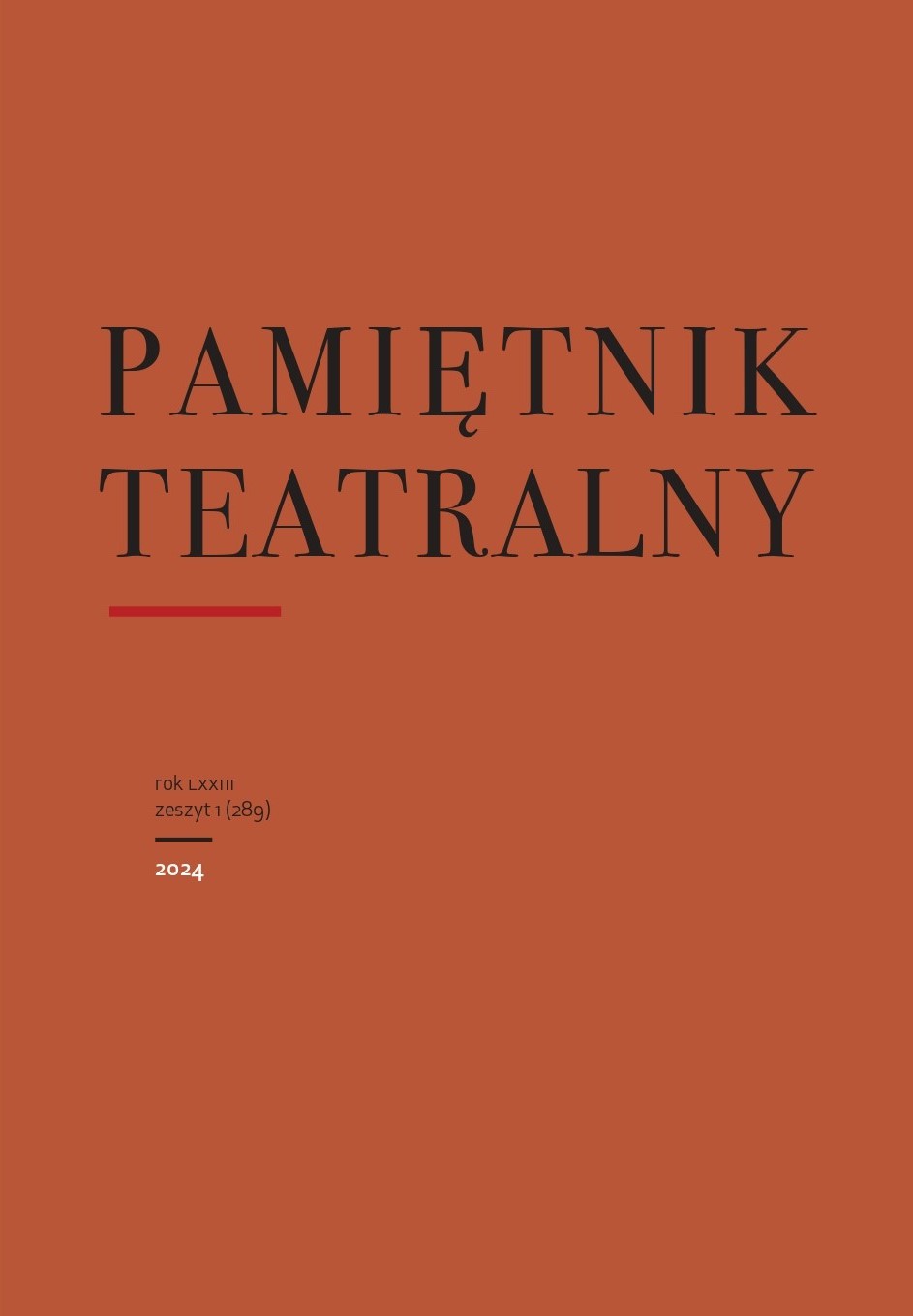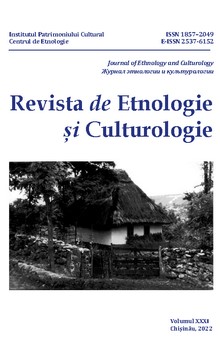
ТРАДИЦИОННАЯ КЕРАМИКА БУКОВИНЫ XIX–XX вв.: ИСТОРИКО-КУЛЬТУРНЫЕ И ХУДОЖЕСТВЕННЫЕ ОСОБЕННОСТИ
The article is devoted to the traditional ceramics of Bukovyna – one of the ethnographical regions of Ukraine, where in the XIXth–XXth centuries the pottery of high-quality technology and high artistic level was developed. The historical and cultural processes, which occurred on this territory and influenced the development of handicraft are considered. The pottery centers are highlighted and the creative works of leading potters are analyzed. The peculiarities of manufacturing technology, the local names and the purpose of clay products are recorded. The characteristic features of the traditional pottery of Bukovyna are researched: the typology and the main shapes of wares, the artistic qualities of ceramics decoration, the dominant motifs of the ornaments, the characteristics of individual techniques and of expressive methods. On the basis of art-critical analysis, by comparing the pottery vessels from Bukovyna with the ones from neighboring ethnographic regions of Ukraine (Prykarpattia, Podillia), as well as with the pottery ware from foreign countries, the local peculiarities of traditional ceramics of Bukovyna are determined and common features with the samples of pottery ware from Moldova, Romania are found. Previously unknown artworks and names of craftsmen are introduced in the scientific circulation.
More...
